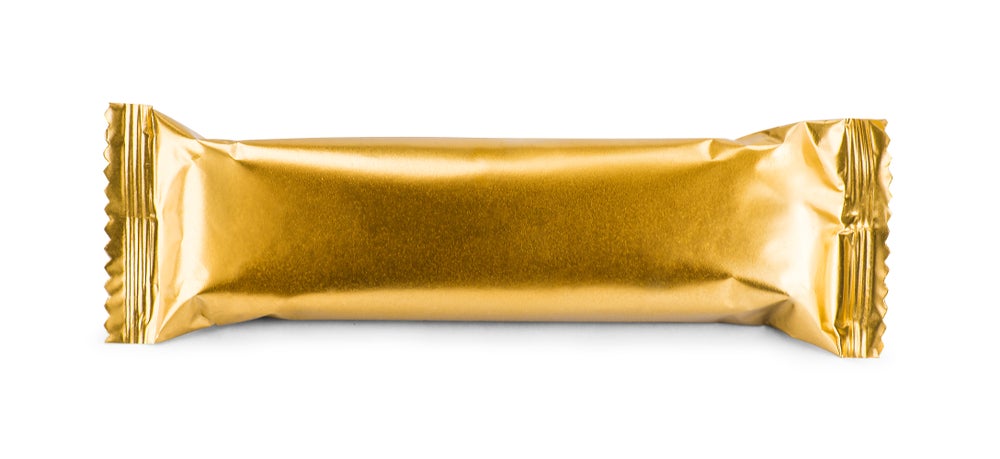Aluminium foil has been an indispensable element in the packaging industry for decades, consistently praised for its versatility, resilience, and sustainability.
Despite the emergence of various packaging materials aimed at improving sustainability, aluminium foil remains a popular choice across many industries, especially in food and pharmaceutical packaging.
Here’s an in-depth look at why aluminium foil retains its place as a packaging staple, exploring its unique properties, benefits, and evolving role in sustainable practices.
Exceptional barrier properties for food safety and freshness
Aluminium foil is renowned for its excellent barrier properties, which shield food products from light, oxygen, moisture, and contaminants.
Unlike plastic or paper, aluminium can effectively prevent the penetration of gases and water vapour, which helps preserve the freshness, flavour, and nutritional value of packaged goods.
For this reason, aluminium foil is widely used in packaging perishable items such as snacks, dairy products, and ready-to-eat meals.
In addition to enhancing product longevity, aluminium foil’s light-blocking capabilities are especially valuable in extending the shelf life of products sensitive to light exposure, such as pharmaceuticals and certain beverages.
In the pharmaceutical sector, the use of aluminium blister packs prevents degradation of active ingredients by maintaining an inert environment. In an industry where contamination or spoilage poses health risks, aluminium foil's robust barrier protection makes it a trusted choice.
Furthermore, the non-toxic, non-reactive properties of aluminium foil mean that it does not leach chemicals into food or beverages, even when exposed to extreme temperatures.
This ensures both the safety and quality of products, especially in comparison to some plastics that may release harmful substances when heated.
Given its long-standing reputation for maintaining product integrity, aluminium foil has cemented its role as an industry mainstay.
Versatility and adaptability across packaging needs
Another reason aluminium foil remains integral to packaging is its versatility. Aluminium can be formed into a range of packaging types, from thin, pliable wraps to rigid containers, catering to various sectors’ diverse requirements.
This flexibility allows manufacturers to create customised packaging that meets specific functional and aesthetic needs, whether it’s a lightweight sachet for instant soup or a foil container that can withstand oven temperatures.
Its ease of integration with other materials is another factor contributing to aluminium’s continued popularity.
Aluminium foil can be laminated with paper, plastic, or even cardboard to create multi-layer packaging structures, combining the best qualities of each material.
For example, combining aluminium with paper enhances the package’s durability while reducing its environmental footprint by minimising the amount of plastic required.
Moreover, aluminium foil's lightweight nature makes it a cost-effective solution for transporting goods. Reducing overall package weight lowers transportation costs and emissions, aligning with businesses’ increasing focus on sustainable practices.
As industries seek ways to balance quality and sustainability, aluminium foil offers a practical, adaptable solution without sacrificing functionality.
In addition to practicality, aluminium foil is also a material that lends itself to creative branding opportunities. Its shiny, metallic appearance can be easily printed on or embossed, allowing brands to use foil packaging as an eye-catching promotional tool.
This aesthetic flexibility has made aluminium foil a popular choice for high-end products where shelf appeal is important, as well as for seasonal packaging designs that help boost consumer engagement.
Sustainability and circular economy contributions
Sustainability is becoming a defining factor in material choice, and aluminium foil has made significant strides in addressing environmental concerns.
Aluminium is highly recyclable; in fact, it can be recycled indefinitely without losing its quality, which makes it a valuable asset in a circular economy model.
According to industry statistics, recycling aluminium saves up to 95% of the energy needed to produce new aluminium, significantly reducing the environmental footprint of the material.
Recycling also contributes to reducing waste in landfills. As consumers and manufacturers alike become more environmentally conscious, the recyclability of aluminium foil plays a key role in its enduring relevance.
Aluminium recycling processes are well-established in many countries, with recycling rates for aluminium packaging reaching around 60-70% in Europe. This robust recycling infrastructure has fostered widespread acceptance of aluminium as a sustainable packaging option.
However, there are still challenges to aluminium’s environmental impact, particularly in the initial mining and production phases. Producing virgin aluminium is energy-intensive and associated with greenhouse gas emissions.
To counterbalance this, the industry is increasingly embracing sustainable practices, such as using renewable energy sources for smelting and investing in closed-loop recycling systems.
Companies are also experimenting with reducing the thickness of aluminium foil to lessen the amount of raw material used without compromising performance.
As packaging regulations tighten around the world, and as businesses strive to meet consumer demands for environmentally responsible products, aluminium foil’s recyclability and lower lifecycle impact compared to plastics offer distinct advantages.
By contributing to a circular economy, aluminium foil allows companies to meet sustainability targets while maintaining the high-performance standards expected by industries like food and pharmaceuticals.
The takeaway
Aluminium foil has withstood the test of time in the packaging industry because of its unique blend of barrier properties, versatility, and recyclability.
Despite the competition from newer materials aimed at reducing environmental impact, aluminium foil’s qualities make it an enduring choice for ensuring food safety, supporting brand identity, and contributing to sustainable practices.
With continual advancements in recycling technology and sustainable sourcing, aluminium foil is likely to maintain its status as a packaging staple in the foreseeable future.
As industries continue to innovate and adapt to new environmental regulations, aluminium foil’s role in creating reliable, effective, and sustainable packaging solutions is assured, underscoring its unmatched value in a rapidly evolving marketplace.









